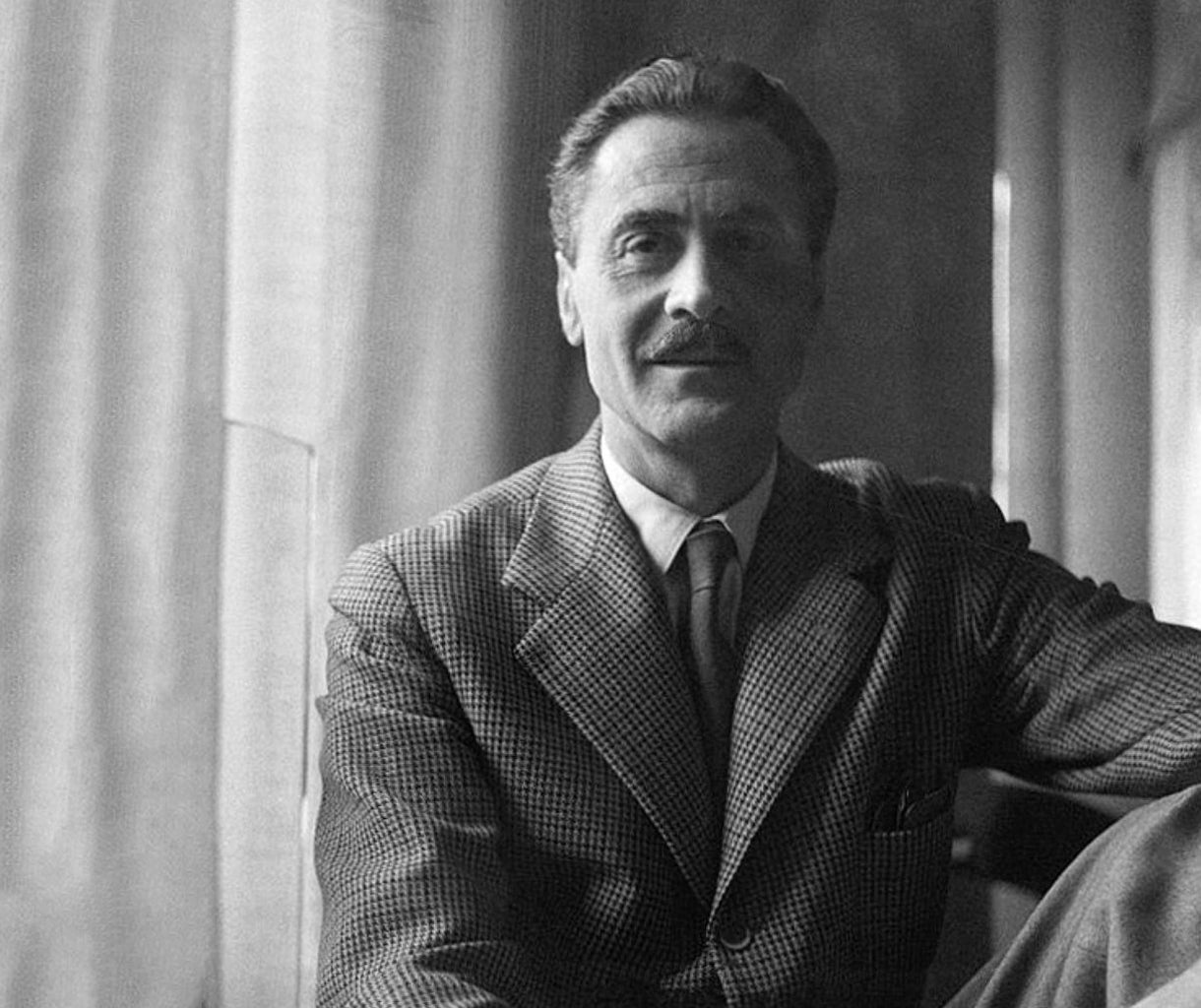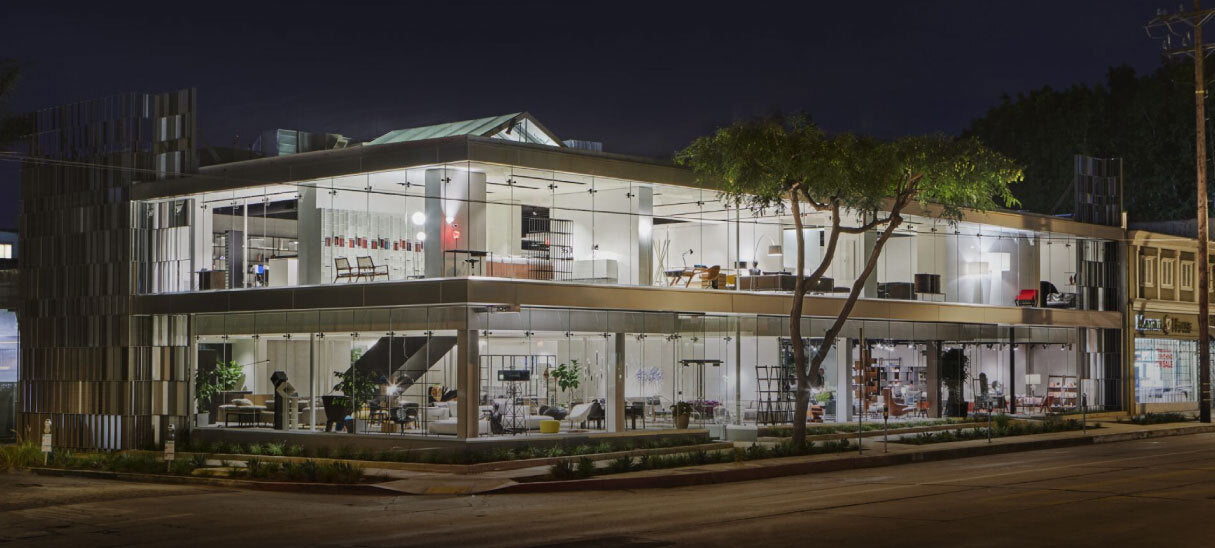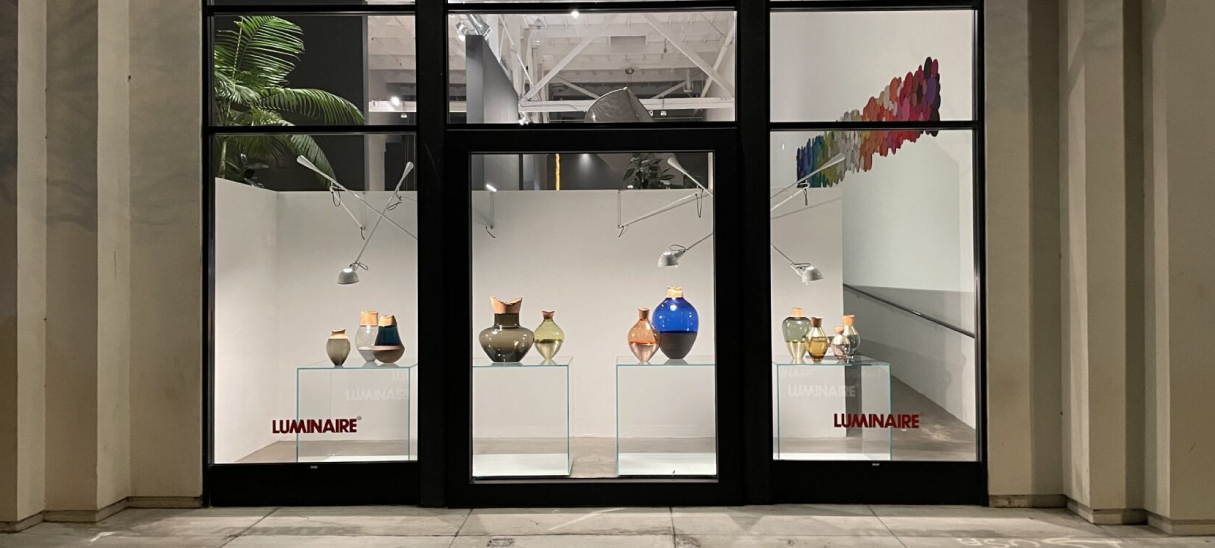20% Off Mother's Day Gift Guide Shop Now
Franco Albini
1905
Robbiate, Italy

With an imaginative, meticulous, and demanding approach to composition combined with an aesthetic married to a clean minimalism, Franco Albini expressed a warmth and distinctive charm in architecture and design that united skilled Italian craft traditions with new forms of modern production, becoming a keystone of Italian design culture in the 20th century, dignified, graceful, sophisticated, and timeless.
A major figure in the Rationalist movement, a style of architecture and design that emerged after the first World War and values volume over mass, the use of lightweight, industrial materials, a rejection of ornamentation, and a repetitious use of modular forms with flat surfaces alternating with glass, Franco Albini began his professional journey studying in Milan, where he designed his first masterpiece, the Albini desk, a year before graduating. A delicious harmony of glass, steel, and wood dances seductively in this now-iconic desk, later produced by Knoll to rouse the public with a striking balance of material and form.
After working with Gio Ponti for a time, Albini opened his own practice in 1930, devoting keen attention to logical consistency of form, without abandoning historical integrity in structures that honored tradition while espousing a sleek, formal reduction, esthetic in expression and exceptional in execution, efficient, disciplined, and clear. With his innovative, functional design, he found poetic purity in raw, inexpensive materials, producing refined pieces inspired by a minimalist aesthetic, some of which, like the lyrical Luisa chair, where the seat and back are two geometric planes suspended in a simple wooden structure, won the Compasso d’Oro, the most prestigious Italian design award, for simple yet innovative design that conveys a fluid and discreet beauty.
Whether working tirelessly on public housing projects, experimenting with new materials and methods at one of Milan’s many Triennales, collaborating with Cassina with chair designs that forged the path toward a signature style, or making intellectually robust contributions to the magazine Casabella, Albini excelled in architectural, furniture, industrial, and museum design, earning him the 1956 Bronze medal from the Parson School in New York for his contribution to industrial design, Olivetti Award for Architecture in 1957, and the title Royal Designer for Industry awarded by the London Royal Society for the Arts in 1971. In addition, he garnered two more Compasso d’Oro honors, one for his work with Bob Noorda on the development of the stations in Line 1 of Milan’s subway system.
In extreme purity of expression, with a lush materiality that activates the senses in a tactility at once sensuous and stout, Albini designs have flavored design history with a pristine modernism both resolute in intelligibility and lucid in functionality. From his stately Verliero bookcase, made with two V-shaped wood uprights held together by a tensile structure holding the shelves, to the visually interesting Stadera desk made for the house of Caterina Marcenaro with its characteristic asymmetrical twin level top, from his custom built Mitragliera (machine gun) lamp to his radio encased in glass, Albini designs have surprised audiences with unconventional forms that nonetheless adhere to a rationalist philosophy of modesty and minimalism. It is no surprise that some of his work is still produced today, to be enjoyed in homes all over the globe, and that some of his most iconic pieces are celebrated in the permanent collections of prestigious museums and galleries, like the MoMA in New York, leaving behind a legacy of robust innovation, extraordinary clarity, and a fresh, orderly aesthetic.




















